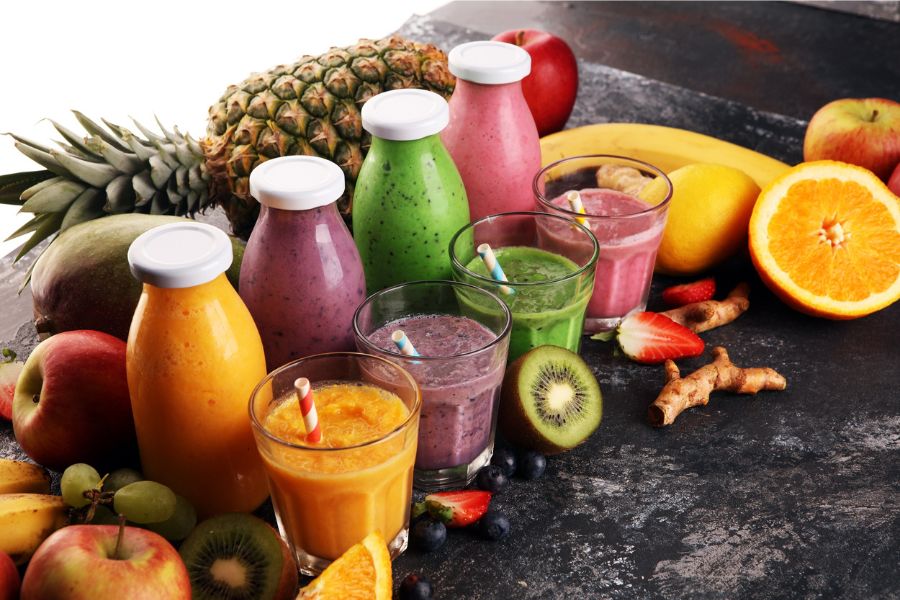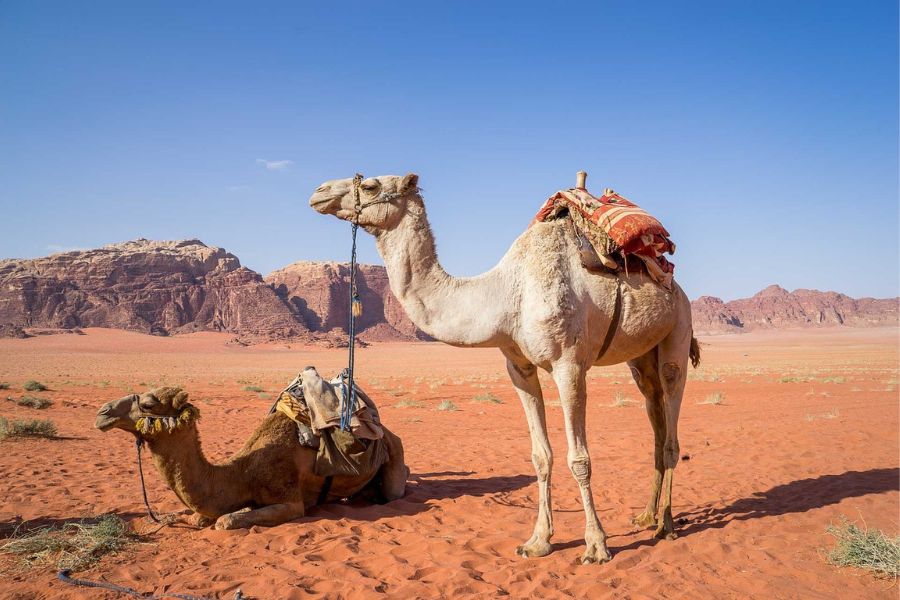Bananas: Keeping the dreaded TR4 disease at bay
• Bananas are the staple in many parts of the world because of their high nutritional value.
• India is the leading producer of bananas, but the Latin American region is the largest exporter of the fruit.
• A fungal disease called Panama wilt or TR4 has gripped the major exported variety of Cavendish bananas, posing a major threat to the crop.
• With its rich portfolio of banana varieties, India can take the lead in developing new, disease-resistant cultivars to combat this menace.

Bananas originated in Malaysia 4,000 years ago, are rich in vitamin B6 and C, manganese, potassium, dietary fiber, potassium, biotin, and copper. From Malaysia, bananas spread to India and the Philippines and further to the Americas. According to FAO, the world’s total production of bananas was 114 million tonnes in 2017, led by Asia, North & South America and Africa.
India is the leading producer with an average production of 29 million tonnes per year between 2010 and 2017 – a fourth of global production – followed by China with average annual production of 11 million tonnes, Philippines with an annual average of 7.5 million tonnes and Ecuador and Brazil at 7 million tonnes each. Philippines is the largest consumer with per capita consumption of 60 kg/year. Banana provides 25% of the daily calorie intake in countries like Uganda, Rwanda and Cameroon, where per capita consumption exceeds 200 kg of bananas including plantains, according to FAO. In least-developed economies, bananas as a staple provide food security because of high nutritional value and are also a source of income generation as a cash crop.
As per the Ministry of Agriculture’s Horticultural Statistics at a Glance 2018, India’s area under cultivation of bananas has remained around 0.8 million hectares, while production has increased from 29.13 million MT in 2015-16 to 30.8 million MT in 2017-18. Major banana producing areas in India lie in the states of Tamil Nadu, Andhra Pradesh, Maharashtra, Gujarat and Karnataka. In 2017-18, only 101,314.37 MT of bananas were exported by India out of the 30.8 million MT production. It indicates that India’s production of bananas is consumed domestically only.
Major banana exporters in the world originate in the Latin American region. These countries produce the Cavendish variety of bananas, which is more durable during shipping as compared to others. Ecuador, Philippines, Guatemala, Costa Rica and Belgium are the top exporters of bananas (2018) while US, Russia, Belgium, China and Germany are the top importers of bananas (excluding plantains).
India’s exports of the product mainly go to countries (in terms of quantities) like Nepal, Oman, Iran, UAE, Iraq, Saudi Arabia, Afghanistan, Qatar and Kuwait- mainly in the Middle East and Asia. The main reason for this is the transportation time to other destinations, which makes exports unfeasible due to the perishable properties of the product. There are no imports of banana into India.
Bananas racing towards extinction?
Of late, the sector faces a daunting challenge in the form of the infamous Tropical Race 4 (TR4) of the Fusarium wilt fungus. This has been a serious threat affecting banana production in Asia. Once the disease affects the crops, it can’t be treated. TR4 is a soil pathogen first discovered in the 1990s in Malaysia and Indonesia, which spread quickly to China. Production in Indonesia, Australia, Malaysia and the Philippines has also been severely affected by TR4, posing a threat to the livelihoods of banana farmers. The disease mainly affects the Cavendish variety of banana, which is known for its durability in shipping. The disease has already started impacting the Latin American plantations especially in Colombia.
The major issue is that the Cavendish variety accounts for around 97% of global exports. Therefore, this new strain of Fusarium threatens to wipe out virtually all of the global banana trade. The disease spreads fast, through infected plant material and soil particles attached to vehicles and farm equipment, as well as through irrigation, drainage water and floods. According to reports, no other varieties of banana are available for cultivation on this large a scale.
In India, in the last few years, the same disease has quietly gripped the crop in eastern UP as well as Bihar destroying the crop to a large extent. However, the Central Institute of Subtropical Horticulture (CISH) has come up with a bio-formulant to save banana crops from fungal infection. This formula can be savior for families and industries that depend on bananas for their food and living as the TR4 disease is virtually ineradicable.
One benefit for India in this imbroglio has been that it produces many more varieties of banana. As per reports, there are over 300 varieties of bananas cultivated in India, and susceptibility to wilt disease is not uniform. For instance, Nendran and Red banana have been found to be resistant to race 1 infections.
However, even in India, Cavendish bananas have increased their share to 55-60% of land under cultivation and 65% of production, so urgent measures need to be taken. These could include quarantining farms and blocking exit of infected plants and material from the fields. Disease free planting material will have to be deployed and personnel need to be trained on controlling the spread of the problem. If this disease spreads, it can lead to major crop losses and unemployment for farmers, compelling them to shift to more non-remunerative crops for survival.
Moreover, once it infects the soil, TR4 is expected to stay in it for 30 years. In the long run, India should adopt sustainable measures like planting of resistant cultivars and identification of botanicals and antagonist microbes. Given its rich and diverse culture of banana cultivation, India has the potential to develop more resistant varieties.
For instance, while numerous varieties are showing the impact, the National Research Centre for Banana asserts that the Nendran Banana from Kerala (which has a GI tag) is not susceptible to TR4. Scientists from the institute have also found some wild species and traditional bananas that are resistant to the wilt. These genes are being isolated to help develop a new variety. So India has the opportunity to take the lead in combating this problem. If successful, it could definitely provide India with a strong competitive advantage over the long term.













I was wondering if you ever thought of changing the layout of
your site? Its very well written; I love what youve got to say.
But maybe you could a little more in the way of content so people could connect with it better.
Youve got an awful lot of text for only having 1 or two pictures.
Maybe you could space it out better?
Excellent blog here! Also your web site loads up fast!
What web host are you using? Can I get your affiliate link to your host?
I wish my web site loaded up as fast as yours lol